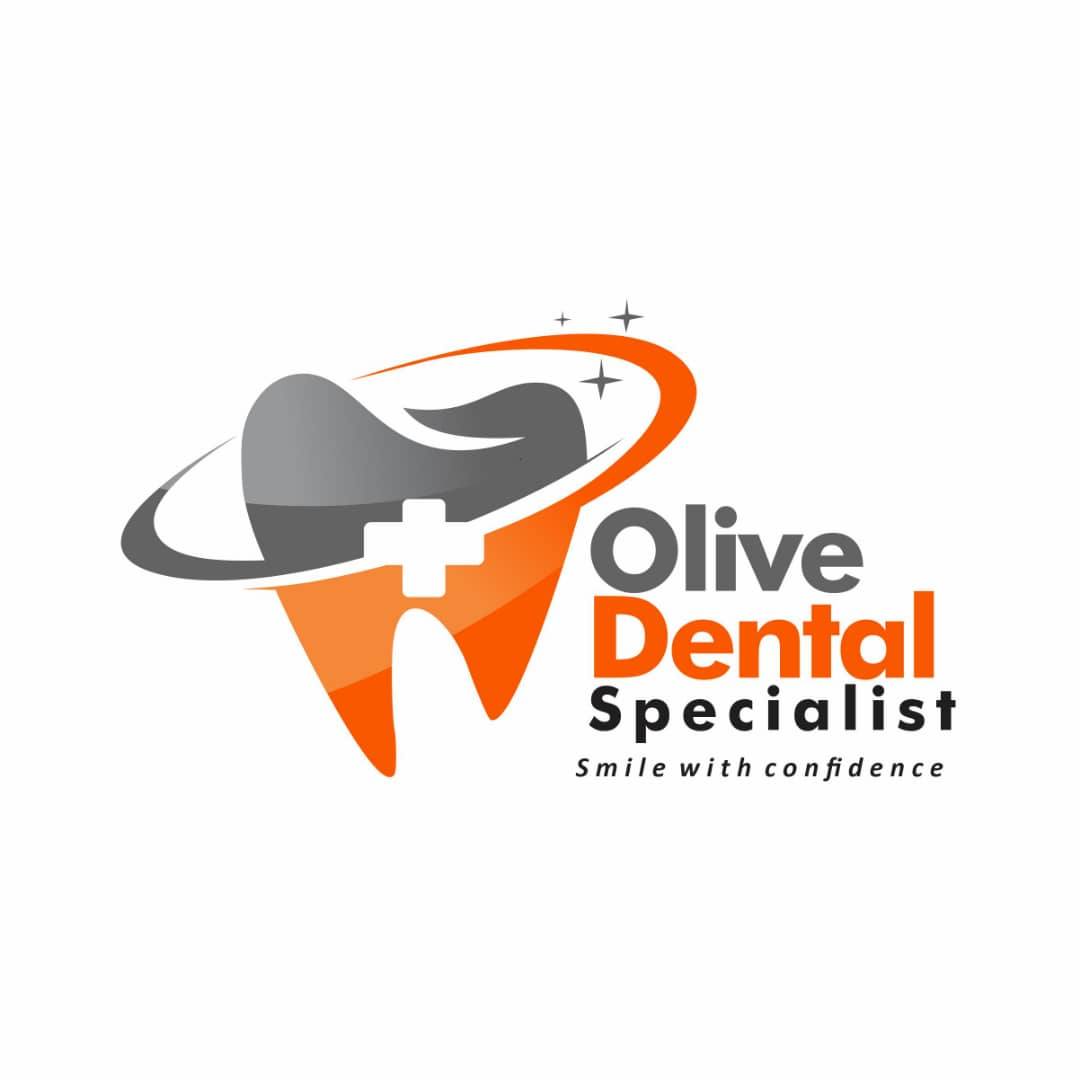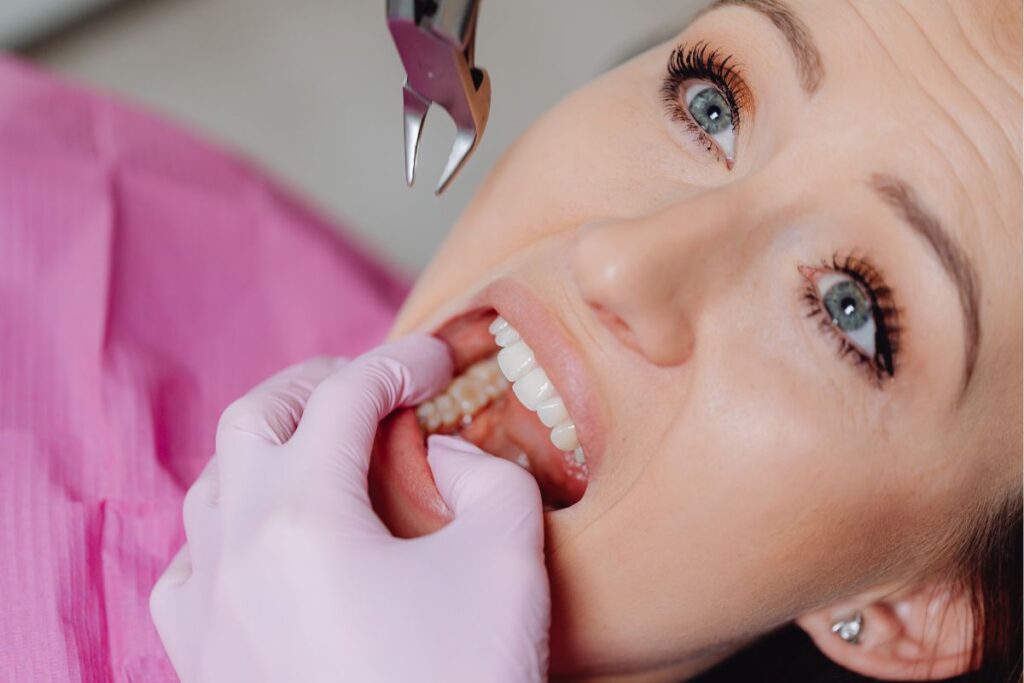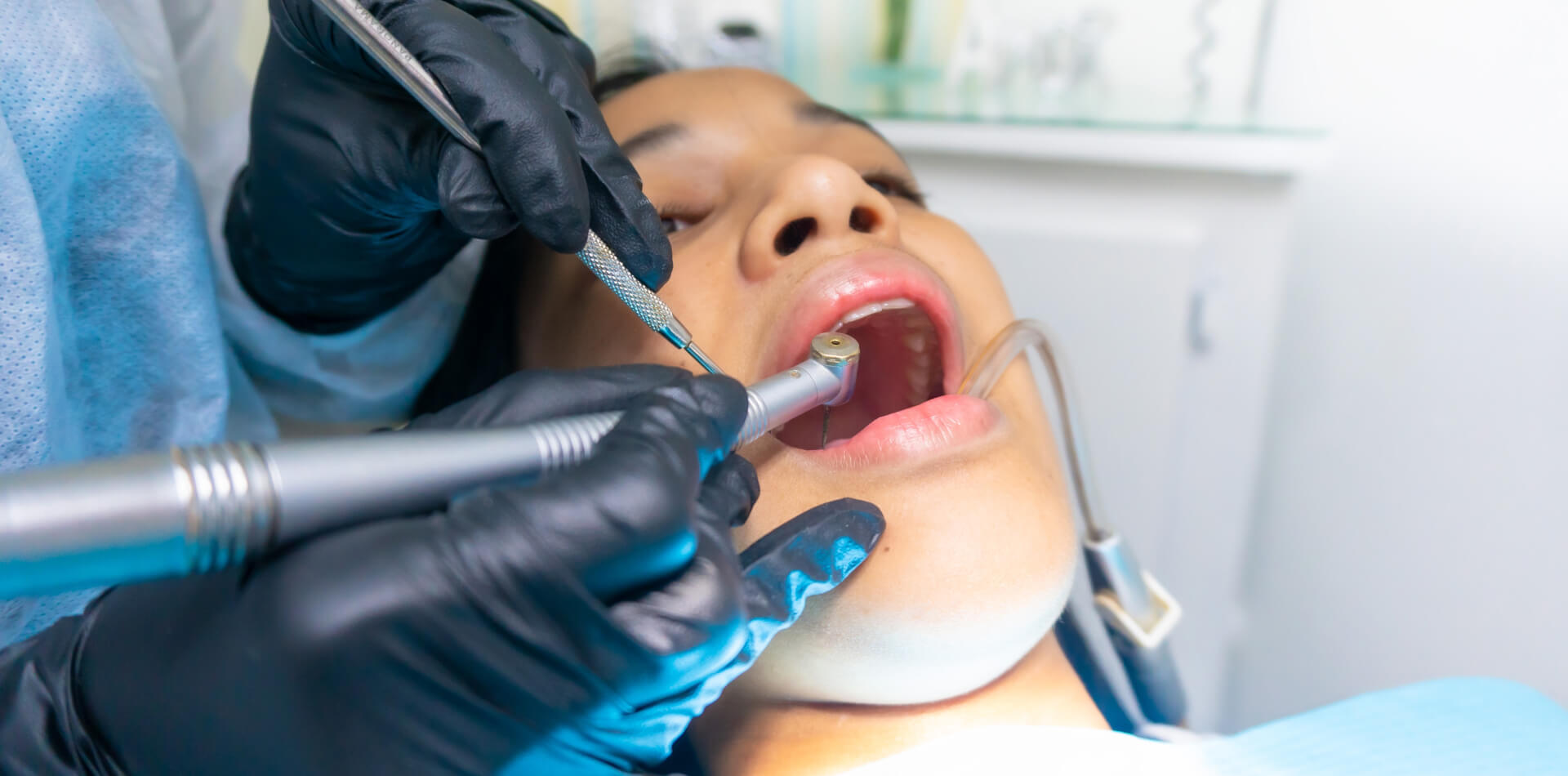At Olive Dental Clinic Port Harcourt, we know how vital it is to maintain oral health before, during, and after dental procedures. One of the key concerns after a tooth extraction—especially surgical ones—is the potential for infection. In certain situations, dentists prescribe antibiotics like Amoxicillin to manage that risk. But when is it necessary, and what role does it really play?
This article explores everything you need to know about Amoxicillin’s role in controlling infections post-dental extractions, who should take it, when it’s most effective, and what precautions to keep in mind.
Understanding Tooth Extraction and the Risk of Infection
Tooth extraction is often considered a last resort. Dentists work hard to preserve the natural structure of a tooth, but sometimes removing it becomes necessary for the patient’s overall oral health.
Common reasons for extraction include:
- Severe tooth decay or infection
- Trauma or injury leading to tooth breakage
- Impacted wisdom teeth
- Advanced gum disease (periodontitis)
- Overcrowded teeth affecting orthodontic alignment
While straightforward extractions involve the removal of visible teeth with forceps, more complicated cases may require surgical intervention. In such procedures, a flap is created in the gum, and the tooth may be sectioned and removed in parts. As with any minor surgery, this leaves behind a wound that needs time to heal properly.
Although the oral cavity is naturally filled with helpful bacteria that assist in maintaining balance, surgical procedures can create an entry point for harmful bacteria to invade and cause infection.
What Infections Can Happen After an Extraction?
An infection after a dental extraction, while not extremely common, can present serious complications. If the surgical site becomes infected, symptoms may include:
- Persistent or worsening pain
- Swelling in the jaw or gums
- Redness around the extraction site
- Formation of pus or discharge
- Fever or chills
- Difficulty opening the mouth (trismus)
- Swollen lymph nodes
Infections can delay healing and even spread to other parts of the body if not treated in time. That’s where antibiotics—specifically Amoxicillin—may come into play.
When Do Dentists Prescribe Antibiotics After Extraction?
Not every tooth extraction calls for antibiotics. In fact, most routine dental extractions heal well without any antibiotic support, thanks to good oral hygiene and the body’s natural immune response.
However, dentists at Olive Dental Clinic Port Harcourt may prescribe Amoxicillin in specific cases:
- Presence of a pre-existing dental infection
- Surgical extractions, especially of impacted molars or wisdom teeth
- Patients with compromised immune systems (e.g., diabetes, autoimmune conditions)
- Patients with a history of endocarditis or cardiac issues
- Prolonged or complex dental surgeries with greater risk of exposure to oral bacteria
- Delayed healing or early signs of infection post-surgery
Antibiotic prescription is also more common when the patient has experienced dry socket, excessive bleeding, or trauma to the surrounding gum and bone tissue during extraction.
Why Amoxicillin?
Amoxicillin, a penicillin-based antibiotic, is one of the most commonly used drugs in dentistry. Its efficacy, broad-spectrum activity, and safety profile make it a top choice for preventing or treating dental infections.
Key Benefits of Amoxicillin:
- Targets a wide range of Gram-positive and Gram-negative bacteria
- High absorption and bioavailability in oral tissues
- Cost-effective and well-tolerated by most patients
- Fewer side effects compared to many other antibiotics
- Often administered in 500mg doses, every 8 hours for 5–7 days depending on severity
In clinical studies, Amoxicillin has proven effective in reducing:
- Postoperative swelling
- Infection risk at the surgical site
- Chances of developing a dry socket
- Complications like trismus or fever
At Olive Dental Clinic Port Harcourt, we emphasize that Amoxicillin should only be used when clinically indicated, as unnecessary use can lead to resistance or side effects.
High-Risk Patients Who May Need Amoxicillin
Patients with underlying health conditions fall into a higher risk category. If not managed properly, the bacterial invasion after an extraction can cause systemic infections or exacerbate existing illnesses.
Examples include:
- Patients with heart valve disease or prosthetic heart valves
- Individuals with diabetes or chronic kidney disease
- Patients on immunosuppressive therapy
- People undergoing chemotherapy
- Seniors with a history of periodontal infections
In such cases, prophylactic (preventive) use of Amoxicillin before and after surgery is often the best course of action.
Managing Pain and Inflammation with Amoxicillin
Infections often cause not just physical swelling but internal tissue inflammation and pressure buildup. When these reactions intensify, they can cause unbearable pain, fever, and restricted jaw movement.
Amoxicillin, by halting the spread of bacteria, reduces inflammation and allows the body to begin healing. Patients usually notice a reduction in symptoms within 48 hours of beginning the medication, provided it is taken as prescribed and with proper follow-up.
Can Amoxicillin Prevent a Dry Socket?
Dry socket is a common postoperative complication, especially in wisdom tooth extraction. It occurs when the blood clot at the surgical site is dislodged or dissolves, exposing nerves and bone.
While antibiotics alone may not prevent dry socket, Amoxicillin significantly lowers bacterial activity, thereby minimizing the likelihood of developing it, especially when combined with good oral hygiene and adherence to aftercare instructions.
Are There Side Effects?
Though rare, Amoxicillin can cause:
- Nausea or stomach upset
- Diarrhea
- Rashes
- Allergic reactions (in patients with penicillin sensitivity)
A major global concern today is antibiotic resistance. Overuse of antibiotics when they’re not needed makes bacteria harder to kill in future infections. Therefore, we strictly advise that Amoxicillin—or any antibiotic—should only be taken if recommended by your dental care provider.
How to Take Amoxicillin After a Tooth Extraction
If your dentist prescribes Amoxicillin, be sure to:
- Complete the full course even if you feel better halfway through
- Take it at the same time each day
- Avoid skipping doses
- Don’t double-dose if you forget one; wait until the next scheduled dose
- Report any side effects immediately to your provider
For best results, combine medication with proper rest, cold compress application, and saltwater rinses as advised.
Conclusion: Expert Post-Extraction Care with Amoxicillin
At Olive Dental Clinic Port Harcourt, we’re committed to delivering comprehensive dental solutions that don’t just treat symptoms but restore confidence and health.
If you’ve recently had a tooth extraction or are preparing for one, understanding your need for post-procedure antibiotics like Amoxicillin can make all the difference. When used appropriately, it ensures a smoother recovery, fewer complications, and a quicker return to normal life.
As always, consult with a qualified dentist before taking any medication, and follow professional aftercare instructions for the best outcome.
For expert advice, tailored dental care, and support you can trust, book an appointment today at Olive Dental Clinic Port Harcourt.



